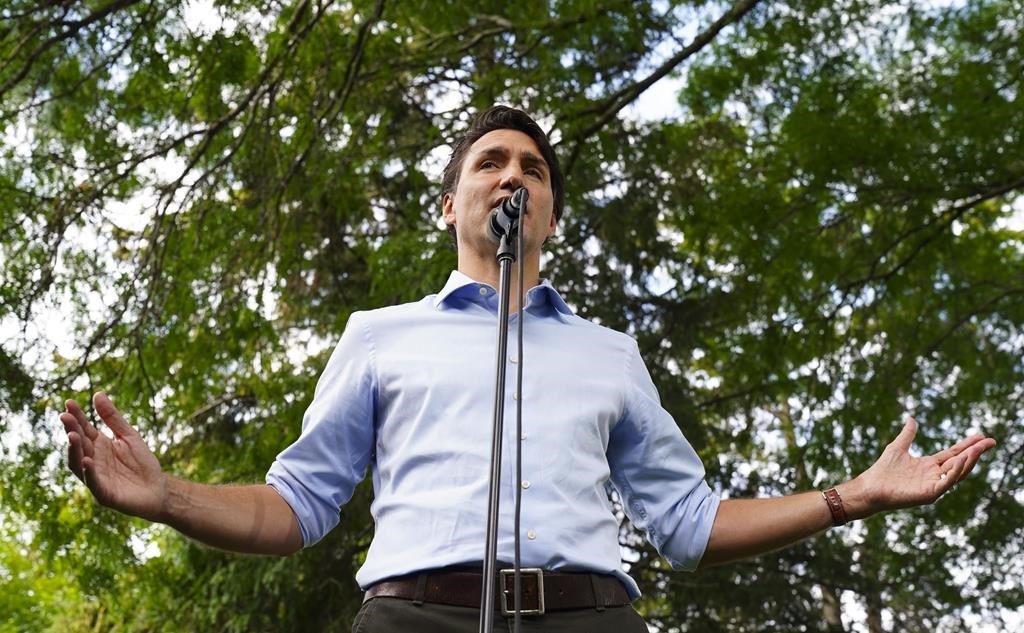There has lately been more than one allusion to the Ontario Liberals’ “second straight election disaster” last June 2, 2022, when they won only 8 of the Legislative Assembly’s 124 seats.
In fact, this was slightly better than the 7 seats they won in 2018. But it was also, no doubt and for the second time in a row, not even enough to qualify for official party status.
At the same time, in the 2022 election the Liberals actually won a slightly greater share of the province-wide popular vote than the official-opposition New Democrats (23.9% vs 23.7%), who took 31 seats!
(The almost crazy imbalance between seats and popular vote here of course flows from the sometimes extreme vagaries of the current electoral system, which Liberals had a chance to change and didn’t, and New Democrats used to criticize.)
It is also true enough that in three of the four main public opinion polls since the 2022 election the Liberals have continued to finish ahead of the NDP in the province-wide popular vote — in the latest Abacus poll by as much as six points.
There is as well a history of writing the Ontario Liberals’ epitaph too early. In the 1970s many believed the Ontario New Democrats would replace the provincial Liberals, following precedents in the Mother of Parliaments across the sea.
Then in the middle of the 1980s David Peterson from the university city of London, Ontario liberated an increasingly urban voting base from a once glorious agrarian democratic past in the family farm heartland, that then did appear to have seen its better days.
Subsequently Peterson’s new more urban Liberals led to the governing parties of Dalton McGuinty from Ottawa, and Kathleen Wynne from the old suburbs of Toronto.
Meanwhile, at their recent annual general meeting in Hamilton, Ontario Liberals “overwhelmingly voted for a one-member-one-vote system” to elect the next party leader.
With the next fixed-date provincial election in 2026 now dimly in the headlights, a few party members may also be having second thoughts about the rural side of the old Ontario Liberals, that Peterson’s new party for young urban professionals ultimately seemed to cast adrift.
In the 1960s Ontario Liberals were still obvious enough descendants of the old “Great Reform” agrarian democrats — a local variation on the wider family farm democracy of the anglophone North American Middle West.
The Great Reform Liberals dominated Ontario provincial politics in the confederation era under “Ontario’s Cromwell” Oliver Mowat (premier 1872–1896). Then they had a historic reprise under “Canada’s Huey Long” Mitch Hepburn, in the later 1930s and early 1940s.
This party’s deepest roots were in the Class 1 family farm land of Southwestern Ontario. Mowat’s seat in the legislature was Oxford North. Hepburn’s was Elgin (also the Canadian homeland of US liberal economist John Kenneth Galbraith, whose father was a farmer and prominent local Liberal).
The Ontario Liberals of the 1970s still had at least some of the old progressive rural mud of Southwestern Ontario visibly on their shoes.
Robert Nixon, leader 1966–1976 (and 1981–1982) was the last of this agrarian democratic line. And his final career as Premier David Peterson’s finance minister was a constructive link between the old rural and new urban order that finally led to McGuinty and Wynne.
The now arguably too urban Ontario Liberal Party of the 2020s could possibly use some of its long vanished agrarian democratic and “Great Reform” rural past today. Instincts of this sort played a part in the failed quest for Green Party leader Mike Schreiner as next Liberal leader.
(Mr. Schreiner grew up on a family farm in Kansas. And he currently sits for Guelph in the Legislative Assembly, home of the University of Guelph, formerly the Ontario Agricultural Collage — where John Kenneth Galbraith did his undergraduate degree.)
Is there some other way the current still somewhat misty Ontario Liberal leadership race of 2023 can bring the party’s family-farm democratic deep past at least a little back to life?
So far there doesn’t seem any obvious successor to Brant County farmer Robert Nixon in the contest. And the auto sector in Southwestern Ontario has built a base for urban New Democrats not old progressive rural Liberals.
The ancient history of the Ontario Liberal Party, however, is testament to the historical reality that a progressive rural community was once a dominant force in the regional politics of Canada’s most populous province.
A 2020s provincial Liberal movement that somehow managed to revive even a little of this old rural progressive tradition just might make a useful contribution to both present-day Ontario political culture — and its own partisan success in the 2026 election.







